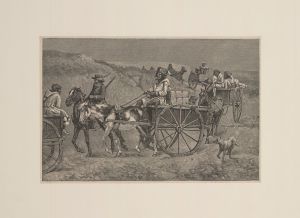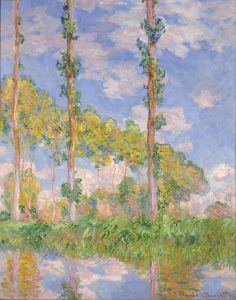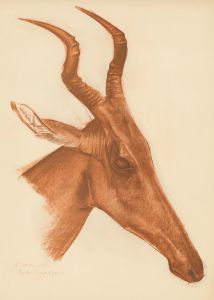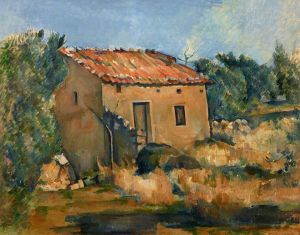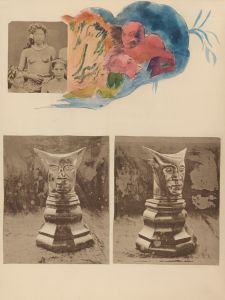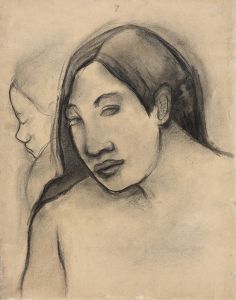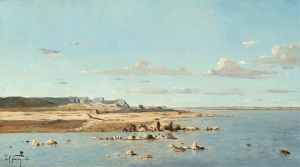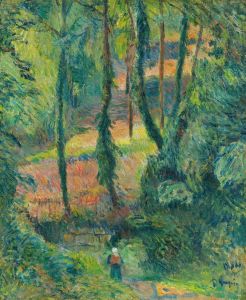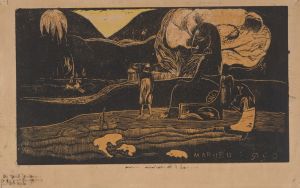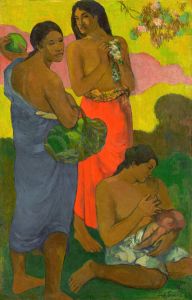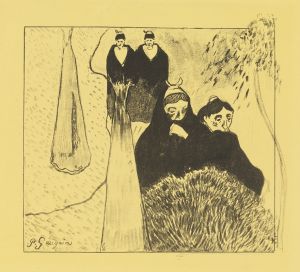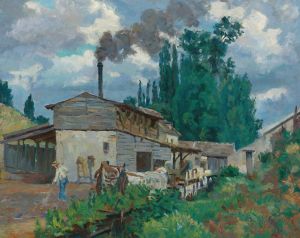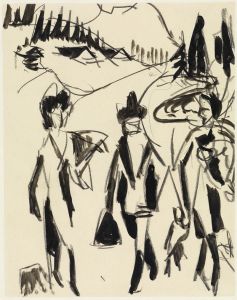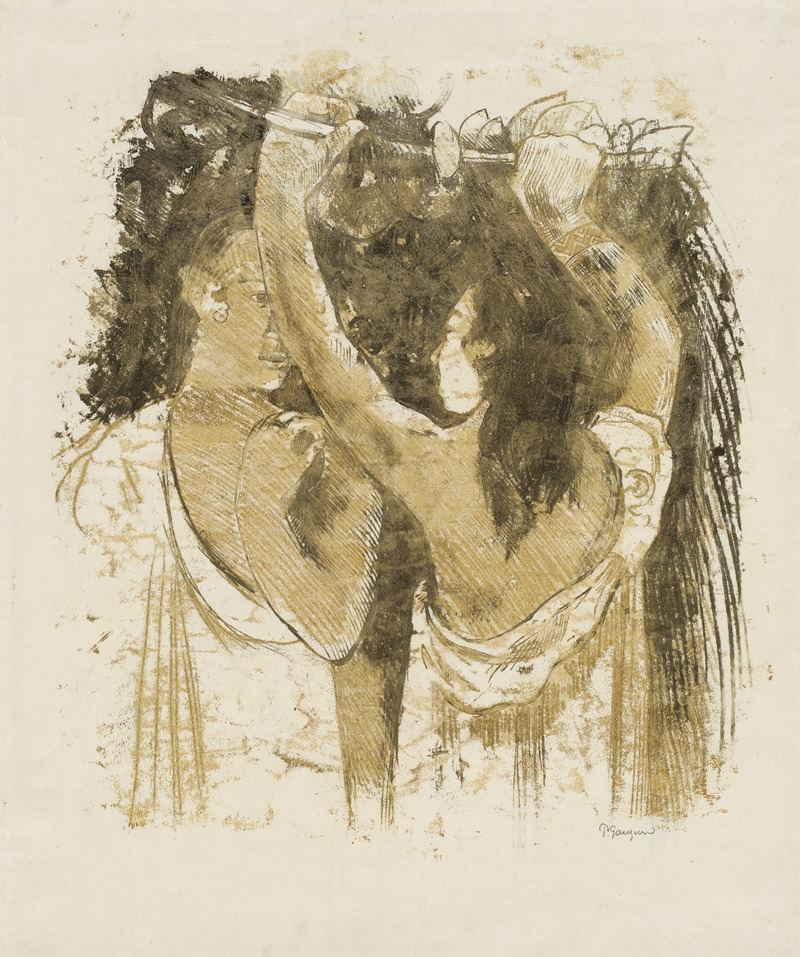
Two Tahitians Gathering Fruit
A hand-painted replica of Paul Gauguin’s masterpiece Two Tahitians Gathering Fruit, meticulously crafted by professional artists to capture the true essence of the original. Each piece is created with museum-quality canvas and rare mineral pigments, carefully painted by experienced artists with delicate brushstrokes and rich, layered colors to perfectly recreate the texture of the original artwork. Unlike machine-printed reproductions, this hand-painted version brings the painting to life, infused with the artist’s emotions and skill in every stroke. Whether for personal collection or home decoration, it instantly elevates the artistic atmosphere of any space.
Paul Gauguin's painting "Two Tahitians Gathering Fruit" is an exemplary piece of his work during his time in Tahiti, where he sought to capture the essence of the island's culture and its people. Gauguin, a French post-Impressionist artist, is renowned for his bold use of color and synthetist style that often depicted the exotic and the primitive, as he perceived them. His journey to Tahiti was motivated by a desire to escape European civilization and to find a more "authentic" and "unspoiled" environment, which he believed existed in the South Pacific.
"Two Tahitians Gathering Fruit" is one of the many paintings Gauguin created during his first stay in Tahiti from 1891 to 1893. The painting features two Tahitian women engaged in the simple act of gathering fruit, a theme that reflects Gauguin's interest in the daily lives and customs of the Tahitian people. The composition is characterized by its vibrant colors and the use of flat planes, which are hallmarks of Gauguin's style. The figures are depicted in a somewhat idealized manner, emphasizing their connection to nature and the lush environment around them.
Gauguin's work in Tahiti was heavily influenced by his desire to portray what he considered a purer and more elemental way of life. He was fascinated by the Tahitian landscape and the indigenous culture, which he often romanticized in his art. This painting, like many others from his Tahitian period, reflects his attempt to synthesize his observations of the local culture with his own artistic vision.
The painting also exemplifies Gauguin's departure from the Impressionist movement, which he had been associated with earlier in his career. Instead of focusing on the effects of light and atmosphere, Gauguin's work in Tahiti is more concerned with symbolism and the use of color to convey emotion and meaning. His use of bold, non-naturalistic colors and simplified forms was influential in the development of modern art, particularly in movements such as Fauvism and Expressionism.
Gauguin's time in Tahiti was not without controversy. His portrayal of the island and its people has been criticized for its colonialist perspective and for perpetuating stereotypes of the "noble savage." Furthermore, his personal life in Tahiti, including his relationships with young Tahitian women, has been the subject of much scrutiny and debate.
Despite these controversies, Gauguin's Tahitian paintings, including "Two Tahitians Gathering Fruit," remain significant in the history of art for their innovative style and their role in challenging the conventions of European art at the time. They continue to be studied and appreciated for their artistic merit and their complex cultural implications.
Today, Gauguin's works are housed in major museums and collections around the world, where they continue to attract attention and provoke discussion about the intersections of art, culture, and colonialism. "Two Tahitians Gathering Fruit" stands as a testament to Gauguin's enduring influence and the lasting impact of his Tahitian sojourn on his artistic legacy.





